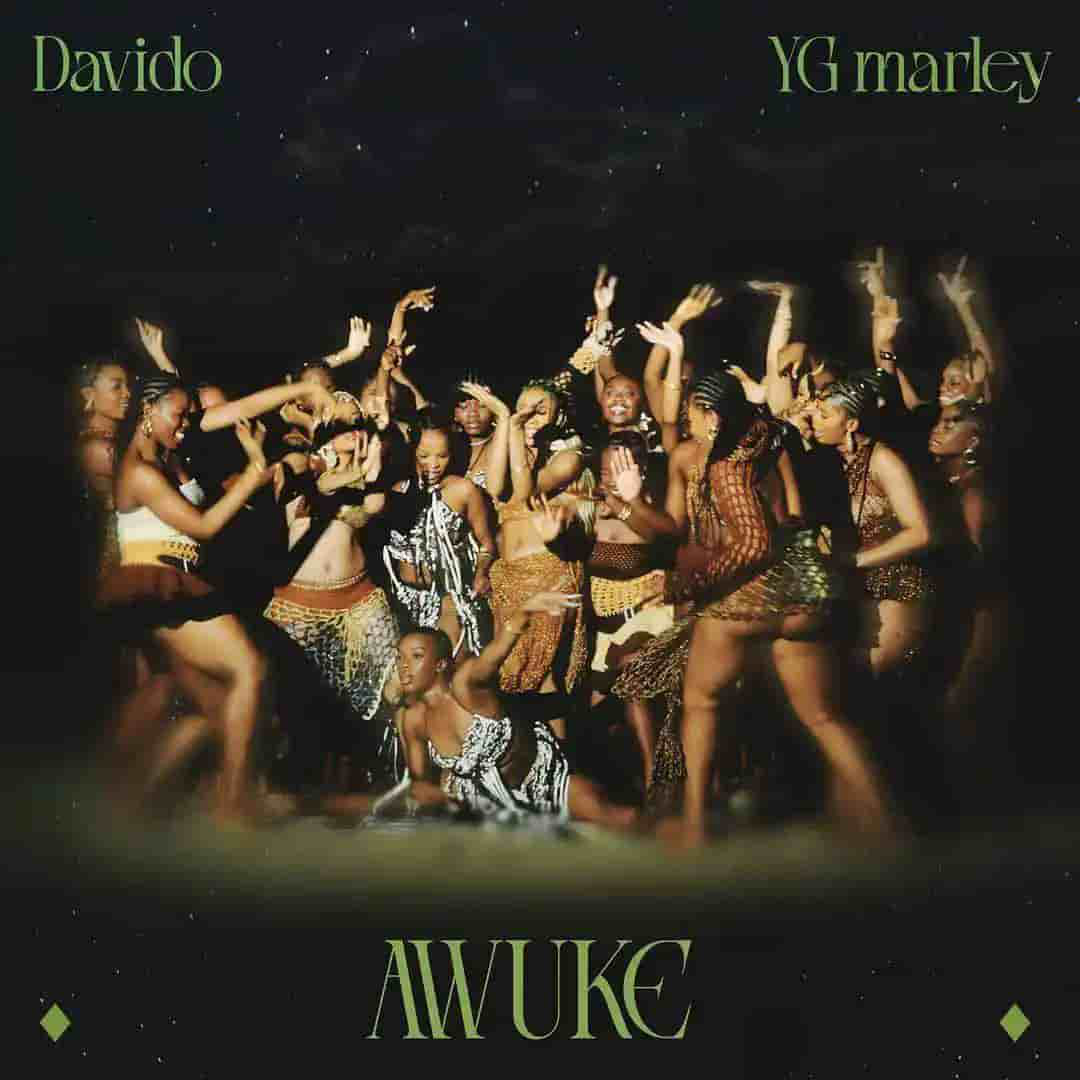A third of Pompeii, the Roman city that was buried in an eruption from Mount Vesuvius in AD79, remains to be cleared of volcanic debris. It’s a laborious digging effort for archaeologists, but it recently bore fruit. The BBC was given access to a newly-discovered “black room”, likely used for reception in what one archaeologist described as a “posh house”. Two frescos stand out. In one, the god Apollo is seen trying to seduce the priestess Cassandra. Her rejection of him, according to legend, resulted in her prophecies being ignored. In the second painting, in which Prince Paris meets the beautiful Helen – a union Cassandra knows will doom them all. In a bakery nearby, there is actual tragedy – skeletons of two adults and a child crushed by falling stones. They might have been slaves, but it’s only a guess. Now staff are quickly removing what they can to a storeroom. Frescos are maintained on the walls thanks to a plaster glue. Nothing new under the Neapolitan sun: when it was submerged by ashes, the house was already under renovation.
- Pompeii’s victims: DNA research shows that some people who didn’t flee the eruption could have been prevented from running by diseases such as tuberculosis.
- Old texts, new tech: Back in February, three students won a $700,000 prize after using AI to read a scroll burnt during the Mount Vesuvius eruption.
- Britain’s Pompeii: 3,000-year-old Must Farm quarry is slightly less spectacular than the Roman city, but no less interesting – archaeologists recently found a Bronze age “recycling bin”.










Leave a Reply